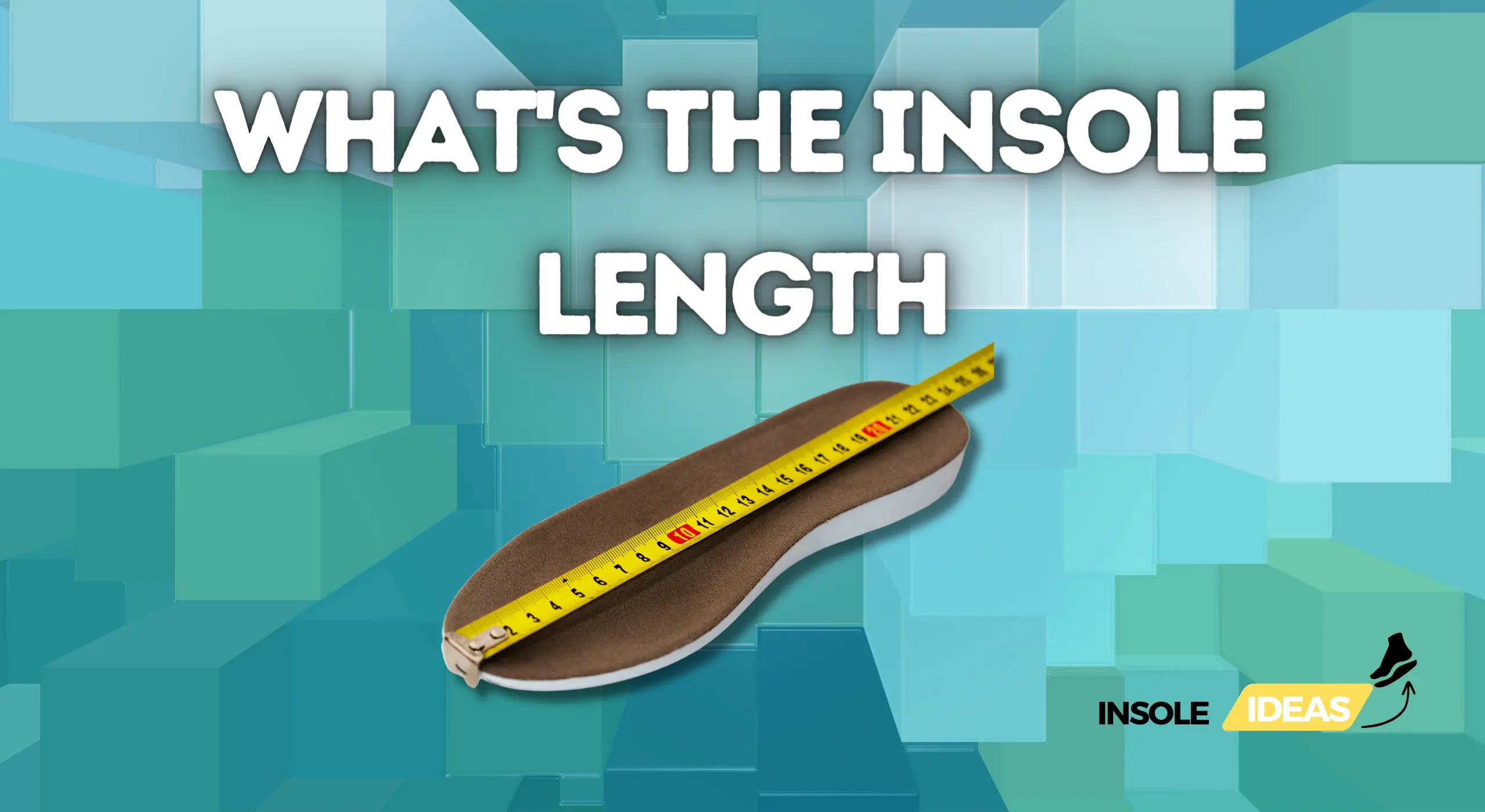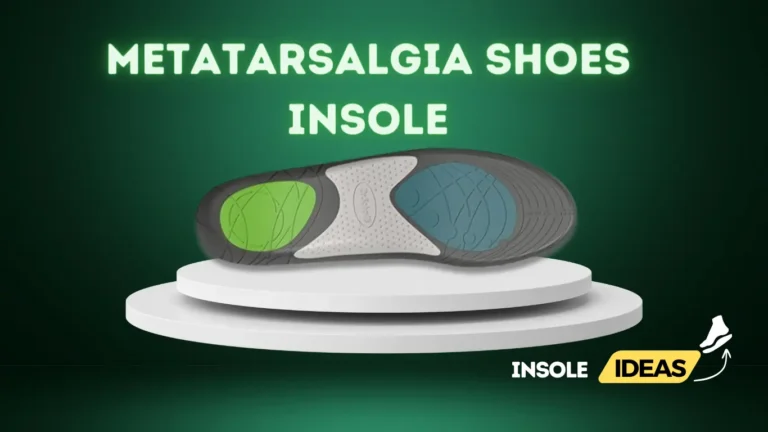What’s the insole length
Definition of Insole Length
Insole length refers to the size and coverage of the insole within a shoe. It determines how much of the foot’s sole area is covered and supported by the insole. Insole length can vary depending on the type of shoe and the specific needs of the wearer. Understanding insole length is essential for ensuring proper fit, support, and comfort in footwear.
Importance of Insole Length in Footwear
The length of the insole plays a crucial role in providing support, cushioning, and stability to the foot within the shoe. It helps distribute pressure evenly across the foot, reducing the risk of discomfort, pain, and foot-related issues such as blisters or calluses. Choosing the right insole length can also affect the overall fit and performance of the shoe, making it essential for optimal foot health and comfort.
Types of Insole Lengths
Full-Length Insoles
Full-length insoles extend from the heel to the toe of the shoe, covering the entire sole area of the foot. They provide maximum support, cushioning, and coverage, making them suitable for various foot shapes and shoe types. Full-length insoles offer comprehensive protection against impact and pressure, reducing fatigue and discomfort during prolonged wear. They are commonly used in athletic shoes, work boots, and casual footwear to enhance comfort and support.
Three-Quarter Length Insoles
Three-quarter length insoles extend from the heel to the ball of the foot, providing support and cushioning to the rear and midfoot areas. They are designed to fit snugly into the shoe without extending to the toe area. Three-quarter length insoles offer targeted support and stability to the arch and heel, making them suitable for individuals with specific foot conditions such as plantar fasciitis or overpronation. They are often used in dress shoes, heels, and other footwear with limited toe space.
Half-Length Insoles
Half-length insoles cover only the heel and arch area of the foot, freeing the toe area. They provide support and cushioning to the rear foot while allowing ample room for toe movement. Half-length insoles are ideal for individuals who require extra support in the heel and arch but prefer minimal interference in the toe area. They are commonly used in open-toe shoes, sandals, and footwear with narrow-toe boxes, providing comfort and support without compromising fit or style.
Factors Affecting Insole Length
Foot Size and Shape
The size and shape of an individual’s foot play a significant role in determining the appropriate insole length. A fitting insole should match the foot’s contours without causing pressure points or discomfort. Individuals with larger feet may require longer insoles to ensure adequate coverage and support. Those with narrower feet may prefer shorter insoles to prevent bunching or slipping inside the shoe. Additionally, considering factors such as arch height and toe length can help determine the optimal insole length for accommodating the foot’s unique shape.
Shoe Size and Design
The size and design of the shoe also influence the choice of insole length. Different shoe styles and brands may have varying interior dimensions and toe box shapes, affecting the compatibility of insoles. Selecting insoles that fit seamlessly into the shoe without crowding or overlapping the toe area is essential. Additionally, specific shoe designs, such as high heels or narrow-toed shoes, may require shorter insoles to accommodate the limited space. Conversely, athletic shoes or work boots with ample room in the toe box may accommodate longer insoles for enhanced coverage and support.
Comfort and Preference
Ultimately, personal comfort and preference are crucial in determining the preferred insole length. Some individuals prefer the comprehensive coverage and support provided by full-length insoles. In contrast, others may find three-quarter or half-length insoles more comfortable and practical. Factors such as activity level, footwear style, and intended use may also influence the choice of insole length. It’s essential to try out different lengths and styles of insoles to determine which option offers the best support, comfort, and fit for individual preferences.
Benefits of Different Insole Lengths
Full-Length Insoles
Full-length insoles offer comprehensive coverage and support for the entire sole, providing maximum cushioning and stability. They help distribute pressure evenly across the foot, reducing fatigue and discomfort during prolonged wear. Full-length insoles are ideal for individuals seeking support and protection in their footwear, especially during high-impact running or hiking.
Three-Quarter Length Insoles
Three-quarter length insoles provide targeted support and cushioning to the rear and midfoot areas while allowing ample room for toe movement. They are designed to fit snugly into the shoe without extending to the toe area, making them suitable for dress shoes, heels, and other footwear with limited toe space. Three-quarter length insoles offer enhanced arch support and stability, making them ideal for individuals with specific foot conditions or biomechanical issues.
Half-Length Insoles
Half-length insoles cover only the heel and arch area of the foot, freeing the toe area. They provide support and cushioning to the rearfoot while allowing for natural toe movement. Half-length insoles are ideal for individuals who prefer minimal interference in the toe area or need extra support in the heel and arch. They are commonly used in open-toe shoes, sandals, and footwear with narrow-toe boxes, providing comfort and support without compromising fit or style.
Choosing the Right Insole Length
Considerations for Specific Activities
When selecting the right insole length, consider the activities you will engage in. Full-length insoles may be more suitable for high-impact activities such as running or hiking, where comprehensive support and cushioning are needed. Three-quarter or half-length insoles may be preferable for dress shoes or casual footwear, providing targeted support and comfort without overcrowding the toe area.
Matching Insole Length to Shoe Type
Match the length of the insole to the type of shoe you will be wearing. Ensure that the insole fits seamlessly into the shoe without causing discomfort or crowding in the toe area. Consider the shoe’s interior dimensions and toe box shape when choosing the appropriate insole length.
Personal Comfort and Fit
Ultimately, prioritise personal comfort and fit when selecting the right insole length. Try out different lengths and styles of insoles to determine which option offers the best support, comfort, and fit for your individual preferences. Pay attention to any pressure points or discomfort while wearing the insoles, and choose the length that feels most comfortable and supportive for your feet.
Conclusion
Summary of Insole Length Importance
Insole length is crucial in ensuring proper fit, support, and comfort in footwear. Understanding the different types of insole lengths and their benefits can help individuals make informed decisions when selecting the appropriate shoe insoles. Whether it’s full-length, three-quarter-length, or half-length insoles, each option offers unique support, cushioning, and coverage advantages. By considering factors such as foot size and shape, shoe size and design, and personal comfort and preference, individuals can choose the right insole length to meet their specific needs and lifestyle.
Final Considerations for Selecting the Appropriate Insole Length
When selecting the appropriate insole length, it’s essential to consider several factors to ensure optimal fit and performance. Start by assessing your foot size and shape to determine the coverage and support needed. Match the length of the insole to the type of shoe you will be wearing, considering the shoe’s interior dimensions and toe box shape. Additionally, prioritise personal comfort and preference when choosing the right insole length, trying out different options to find the best combination of support, comfort, and fit. By considering these factors and making informed decisions, individuals can enjoy enhanced comfort, support, and performance in their footwear, ultimately promoting overall foot health and well-being.





